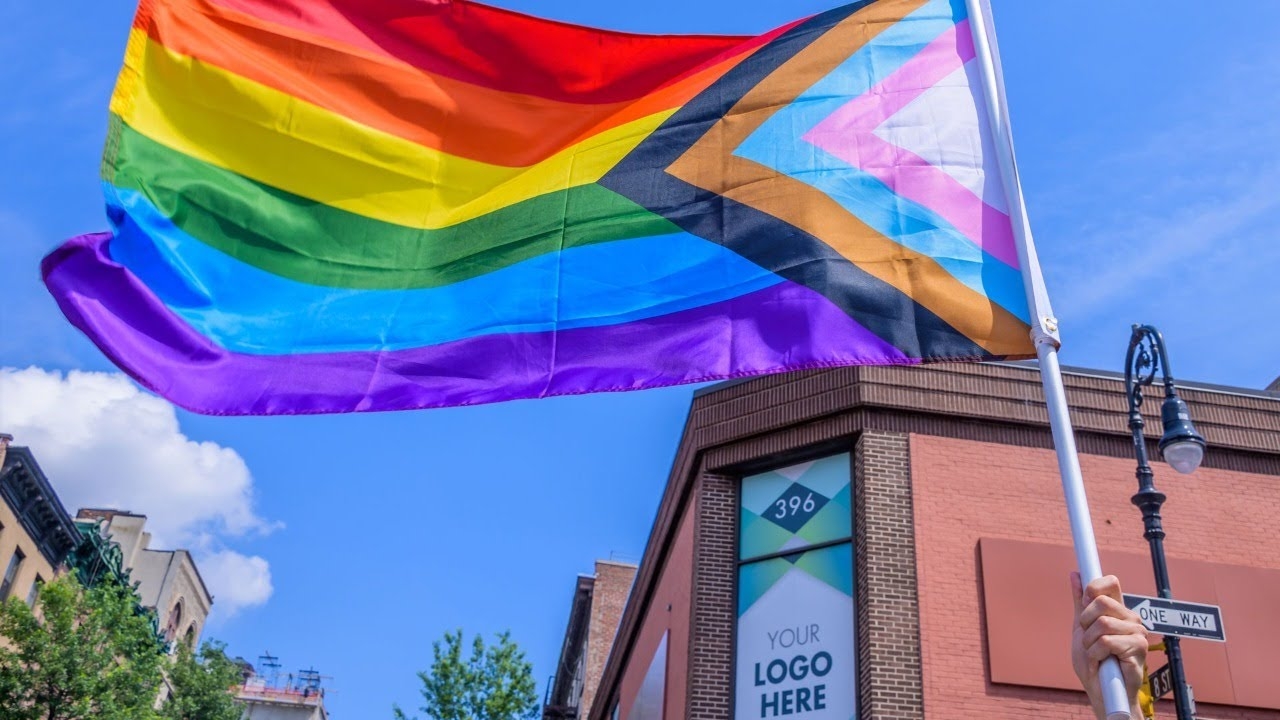15 Sexual Orientations

Since 1970, in June, the LGBT community around the world has celebrated Pride Month.
I think you know that the acronym LGBT stands for "lesbian, gay, bisexual, and transgender." However, now there is a new version of the designation of minority groups – LGBTQIA+. "Q" means queer personas – those who do not limit themselves to one orientation and gender. "I" are intersex people: they have physical signs of both male and female sex. Under the letter "A" used to denote those who support the movement, as well as asexuals. The + sign hides all those minorities that are not mentioned in this abbreviation, but they are part of the community. Now many want to abandon the letter designation, replacing it with the word "queer", as it combines all sexual orientations and genders.
Pride Month is the best time to finally learn about the diversity of identities. But first you need to understand what is the difference between gender and sexual orientation.
Sexual orientation determines which gender or sex attracts a person on a romantic, emotional, or sexual level. And gender is how a person identifies. For example, a gay person is a type of sexual orientation, and a transgender person is a gender. At the same time, transpersonals can like both men and women. His attraction to a partner depends not on gender identification, but on the type of sexuality.
Many are accustomed to believe that there are only gays, lesbians and transludes. But in fact, researchers count at least 15 sexual identities.
Here are the kinds of orientations you should be aware of:
1. Gay
In English, gay means that a person is attracted to a person of the same sex. Therefore, often girls also use this term. At the same time, many homosexuals consider the word "gay" offensive and try to avoid it.
2. Lesbian
The term applies to women who are emotionally, physically, and romantically attracted to girls. As mentioned, some lesbians call themselves gays.
3. Bisexual
Denotes persons who are attracted to both men and women. At the same time, they may not have sexual attraction to a partner, and the relationship will be built only on romantic feelings. Also, throughout life, the preferences of bisexuals often change: a person may like girls more, then guys and vice versa.
4. Queer
"Queer" in English means "strange" or "uncertain". Such persons believe that limiting oneself to one sexual identity is simply meaningless. In addition, all possible minorities are united under this term. And also queer people are those who doubt their gender and sexuality.
5. Asexual
Someone who does not experience sexual attraction.
6. Aromantic
A person who does not experience romantic attraction.
7. Pansexual
'Being pansexual basically means to me that you are attracted to anyone, no matter their sex, sexual orientation, gender, gender identity, everything,’ a description on the organisation’s website reads. ‘There's no limits. I'll date anyone. It's more that I love someone for their soul.
Pansexuals themselves call themselves "gender blind", because when choosing a partner, they do not pay attention to his gender, orientation and internal identification.
8. Androsexual
These people are attracted to masculine presenting partners. At the same time, they do not care at all what gender or sex a person will be, it can be a man, a woman, and a transperson.
9. Gynosexual
And these are just the personalities who are attracted to femininity. Again, to clarify, gynosexuals do not care about the gender and sex of the partner. They like feminine traits.
10. Bi-curious
Bi-curious people usually include heterosexuals who are interested in same-sex affairs. Thus, a person seeks his true identity.
11. Demisexual
For such people, emotional attachment is especially important. They begin to experience romantic and sexual attraction only when they get close to a person.
12. Polyamory
This term refers to those who start relationships (both romantic and sexual) with several partners at once. Polyamory can be with both girls and guys.
13. Scoliosexual
On a romantic, emotional and sexual level, they are attracted to persons who do not consider themselves to be one gender.
14. Graysexual / Grayromantic
This is when someone experiences an on and off situation when it comes to feeling romantic and or sexual feelings. This is an umbrella term for other sexualities and is not only limite to Graysexual / Grayromantics.
15. Omnisexual
They are very close to pansexuals because they can date all people, but in some cases for omnisexuals, the partner's gender expression plays a key role. That is why they are called "gender-blind".
In fact, there are many more kinds of sexual identities in the world that we haven't mentioned. Already, dating apps are adding filters where you can customize the gender and gender of partners in the search. The most important thing we all have to remember is to respect others regardless of their choices. After all, such a feeling as love is not amenable to criticism.
’--
While there is a list of 15 sexualities listed up for you to read, there are plenty more out there.

- Arts
- Business
- Computers
- Spellen
- Health
- Home
- Kids and Teens
- Money
- News
- Recreation
- Reference
- Regional
- Science
- Shopping
- Society
- Sports
- Бизнес
- Деньги
- Дом
- Досуг
- Здоровье
- Игры
- Искусство
- Источники информации
- Компьютеры
- Наука
- Новости и СМИ
- Общество
- Покупки
- Спорт
- Страны и регионы
- World


